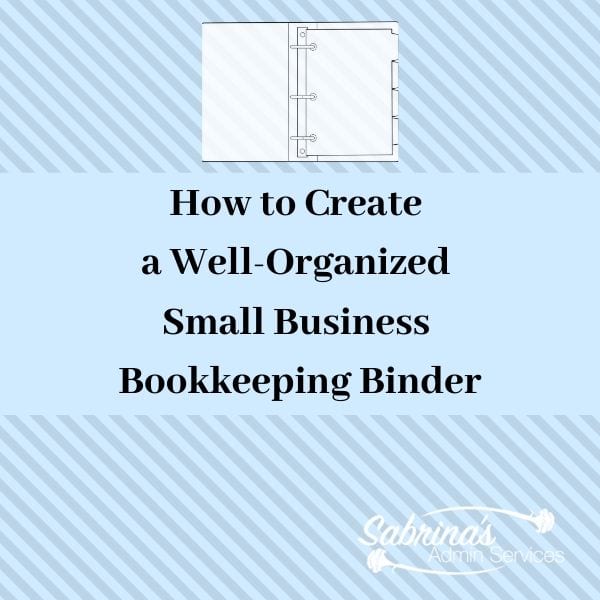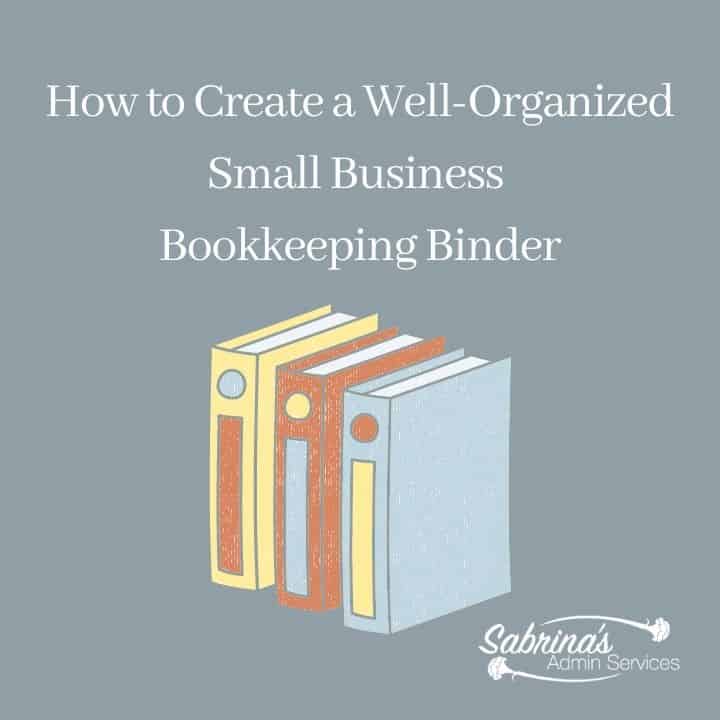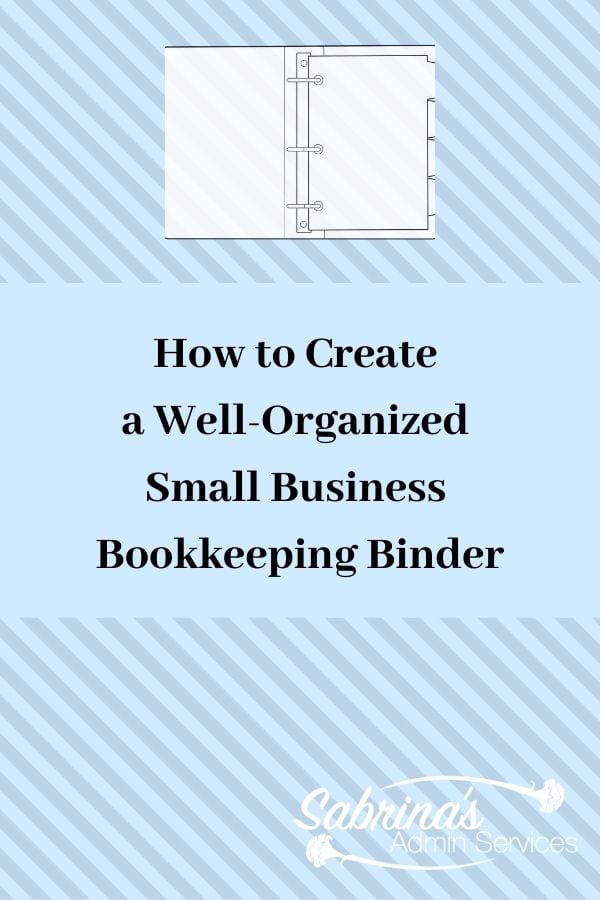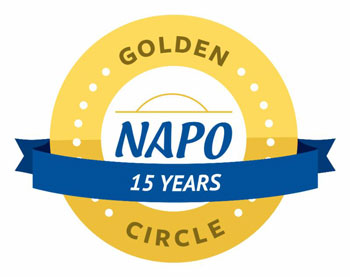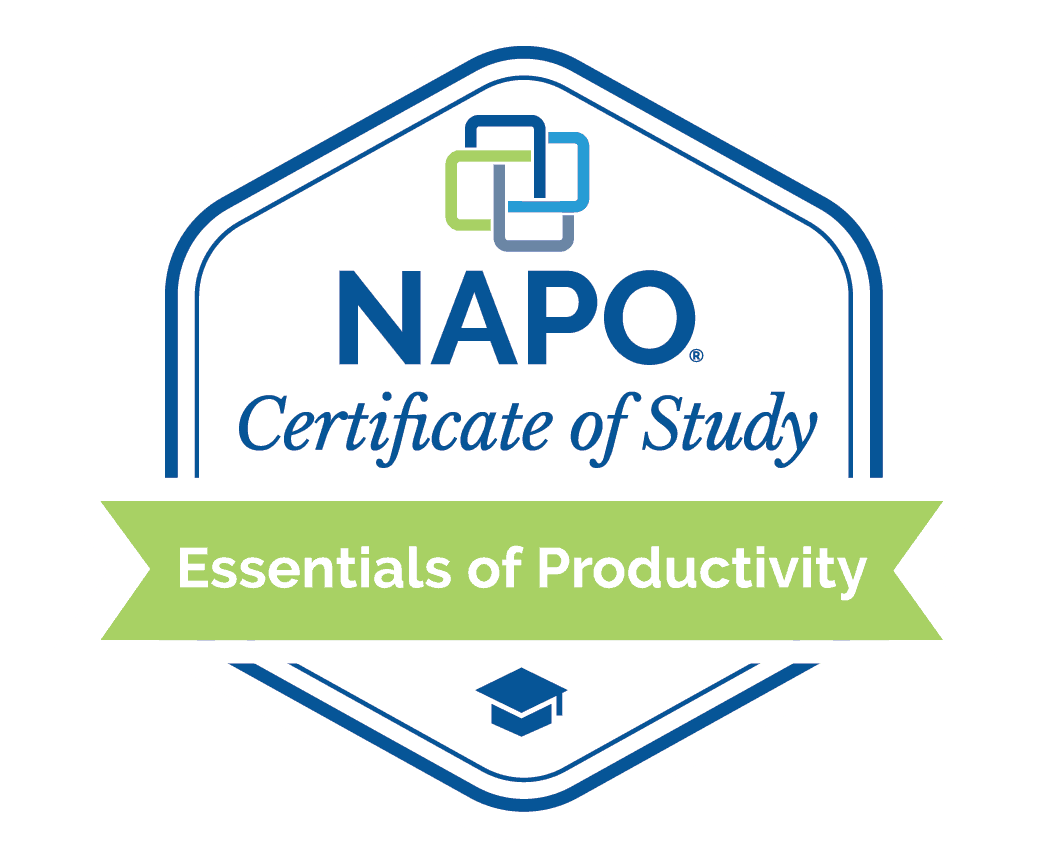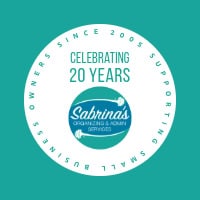How organized are your small business bookkeeping papers? Are they all in one place, or do you have them in files in a filing cabinet (affiliate)? There are benefits to creating a well-organized small business bookkeeping binder (affiliate) like the one I will discuss today.
Topics Discussed
- Five Benefits of Making a well-organized small business bookkeeping binder.
- Who should make an organized small business bookkeeping binder?
- What is in a well-organized small business bookkeeping binder?
- All Employer ID numbers, passwords, and logins in paper form, if needed
- Bill Pay checklist
- QuickBooks Reports Section in the Binder
- Payroll Summary Reports Section
- Federal 941
- Federal 940 Unemployment
- State Earned Income Tax
- State Unemployment Tax
- Local Earned Income Tax
- Local Services Tax
- State Sales Tax
- Petty Cash Tracking section
- Bills section
- Updated 2025 *** Other sections to add:
Five Benefits of Making a well-organized small business bookkeeping binder.
First, it lets you keep all your business papers in one place.
Second, Employee files need to be organized well. Read more from the ConnectTeam post.
Third, Payroll liability reports and payments must be well documented for reference. So, your best bet is to keep them in one secure place.
If there is an emergency, you can grab the binder (affiliate) quickly, and you will have all the documents you need for that year.
It will also be easier for tax audit purposes if you have all your business bills and statements in one place.
This binder (affiliate) will make it easy for you to find the papers you need when you need it.
I hope this convinces you to set up this binder. If you are ready, let me show you how to make it.
This post describes how I generally make this small business bookkeeping binder. If you want help making it, see my information at the end of this post.
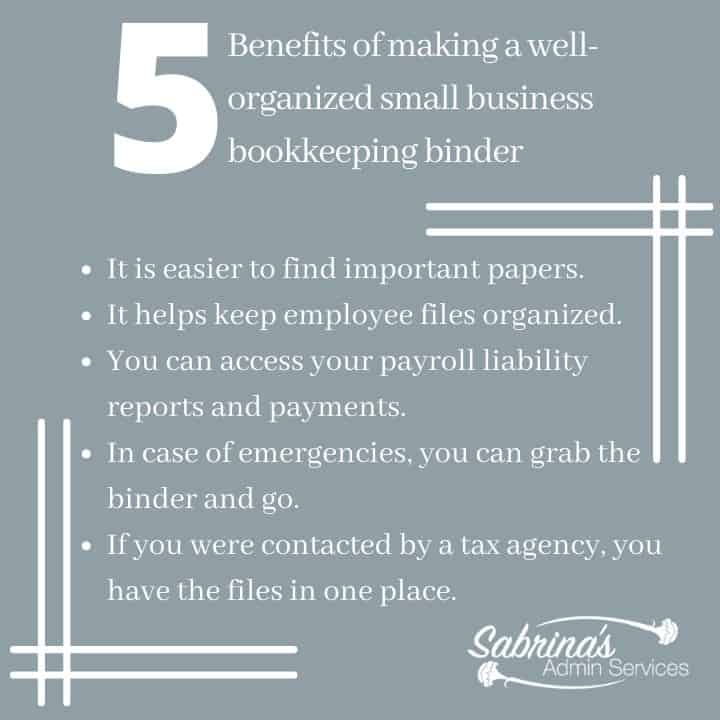
Who should make an organized small business bookkeeping binder?
Well, everyone who has a business! But especially small business owners with 5 or fewer employees. These people are most likely not using a payroll service and need to track the documents themselves.
Many industries can use a binder like this one. Below are just some industries I can think of.
Bloggers
Creators
Influencers
Service-based industry – construction, coaching, house cleaning, bookkeeping, and Consulting
Retail Services
What is in a well-organized small business bookkeeping binder?
I start with a heavy-duty binder with plastic sleeves on the front, back, and inside. Your binder may consist of some or all of the sections below. I usually start with a 3-inch or 4-inch binder and several 8-count clear tabs (affiliate) with pockets. A hole puncher is also needed because all your papers will be hole-punched to keep them securely in the binder.
Now, it is time to review the sections that could be in your well-organized small business bookkeeping binder.
(Below are examples of the products I use for my clients (affiliate) from Amazon.com. I receive a small commission at no additional charge if you click through and buy these items.)
Here are some options from Amazon (affiliate link).
 Buy Now →
Buy Now → 
Avery Economy Showcase View 3 Ring Binder, 3″ Round Rings, 1 White Binder (19751)
Buy Now →
Better Office Sheet Protectors, 50 Pack
Buy Now →(affiliate)
Important Sections for a Well-Organized Small Business Bookkeeping Binder
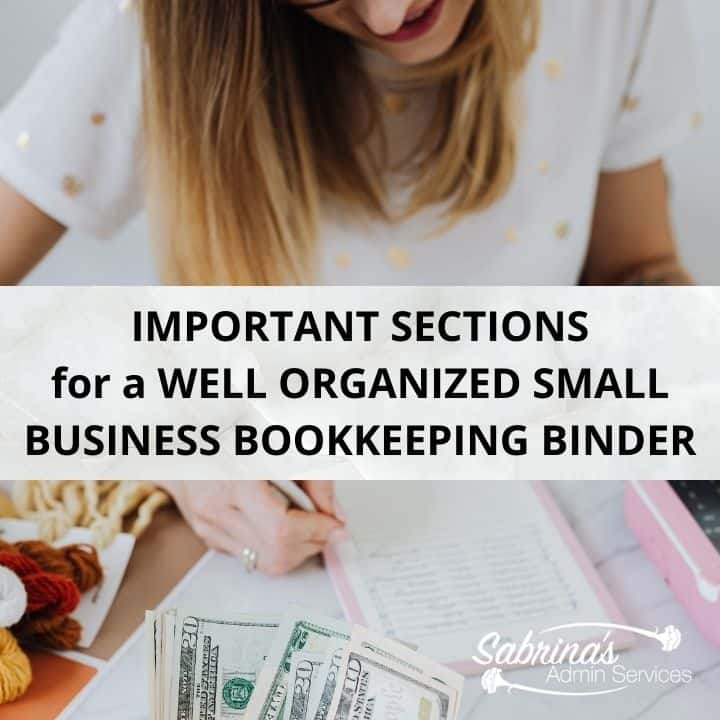
All Employer ID numbers, passwords, and logins in paper form, if needed
Placing all the passwords and logins in one place will help you when needed. You can leave this out if you have a password management app.
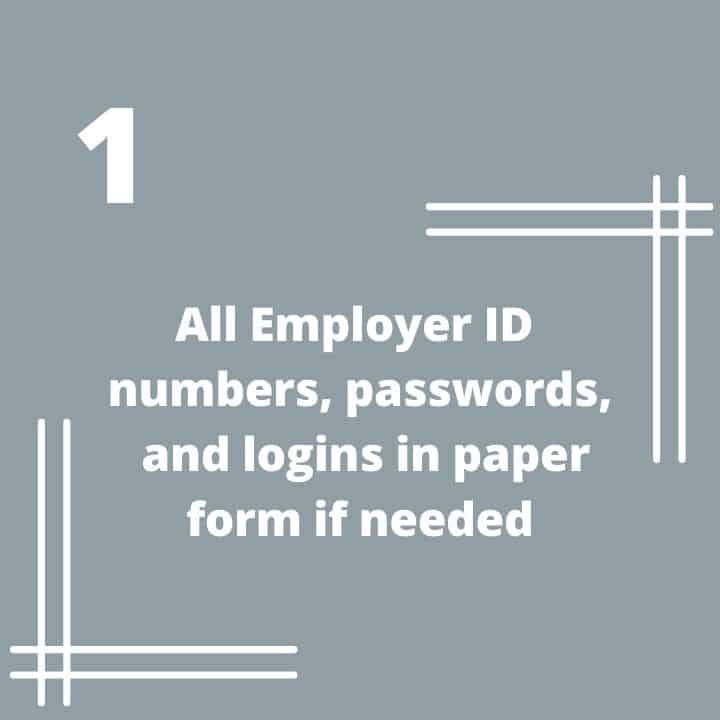
Bill Pay checklist
Create a list of all your bills and when they are due. A spreadsheet in the binder will remind you what needs to be done and when it is due. Check out our post: How to Create a Solopreneur Business Tracking Expenses Sheet
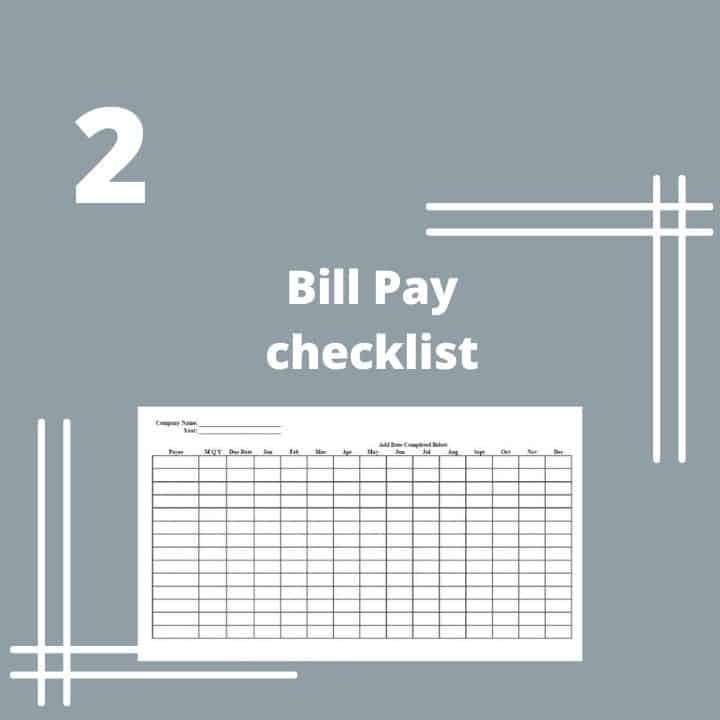
QuickBooks Reports Section in the Binder
If you use QuickBooks online or on a desktop, you know about QuickBooks Reports, such as your “Profit and Loss Report” and other reports. Well, this section is where you will place these printed reports. Monthly and quarterly reports are fine in this section. It’s a quick way to see the reports without logging into QuickBooks or turning on your computer. For reference, you can also add things like your Balance Sheets, quarterly, and yearly.
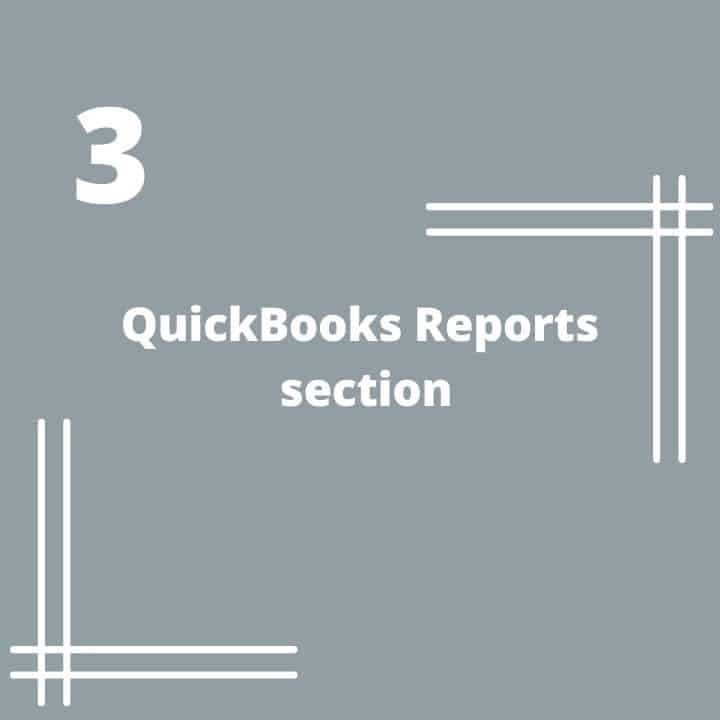
Payroll Summary Reports Section
If you have payroll, you will need this section. A payroll company will send you these reports as you generate payroll. You must keep them handy, so hole-punching them and putting them in the binder is a good idea. If you want, you can put your payroll reports in another binder to save space.
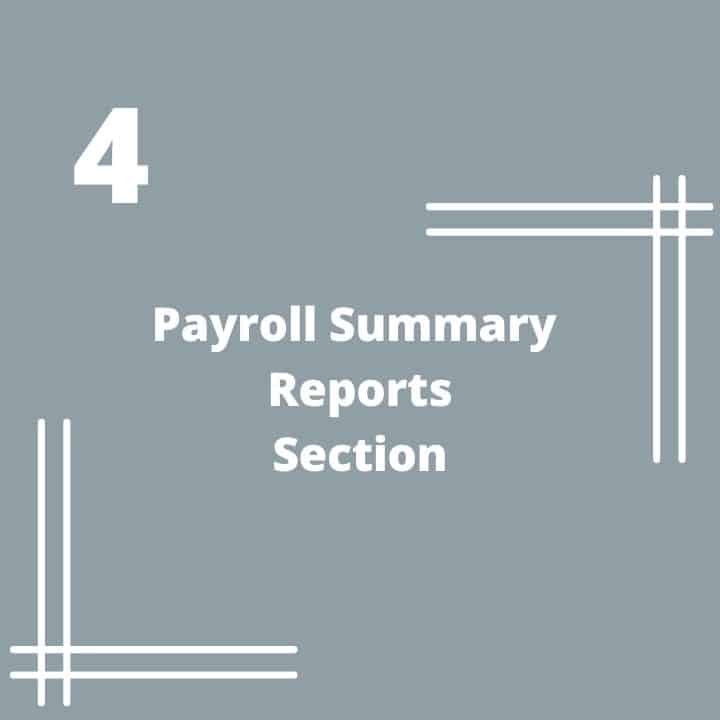
Federal 941
These are the federal withholdings (federal, social security, and Medicare) you will collect from your employees and send to the IRS each month. Add the confirmation submissions and the quarterly reports in this section.
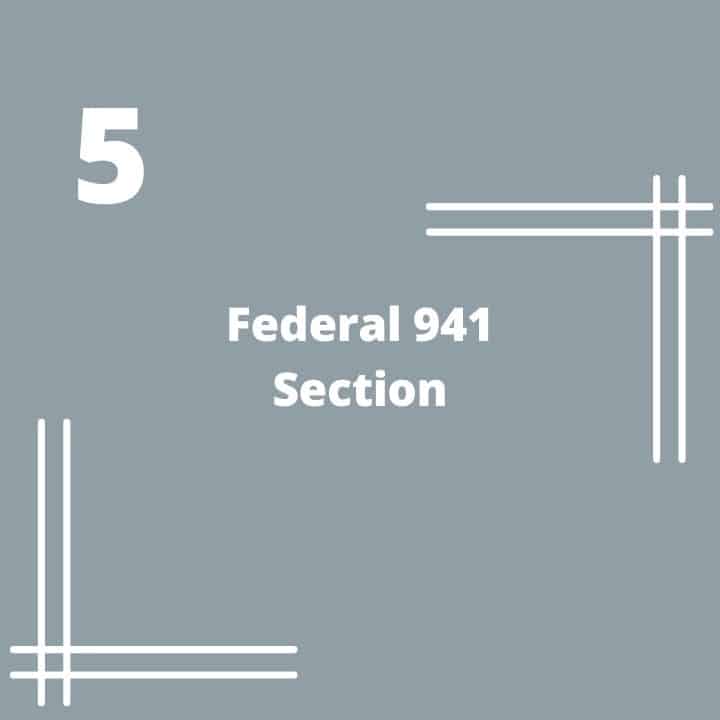
Federal 940 Unemployment
This section is for the Federal unemployment your company and your staff pay. This should have its section too. The yearly report can be placed here as well.
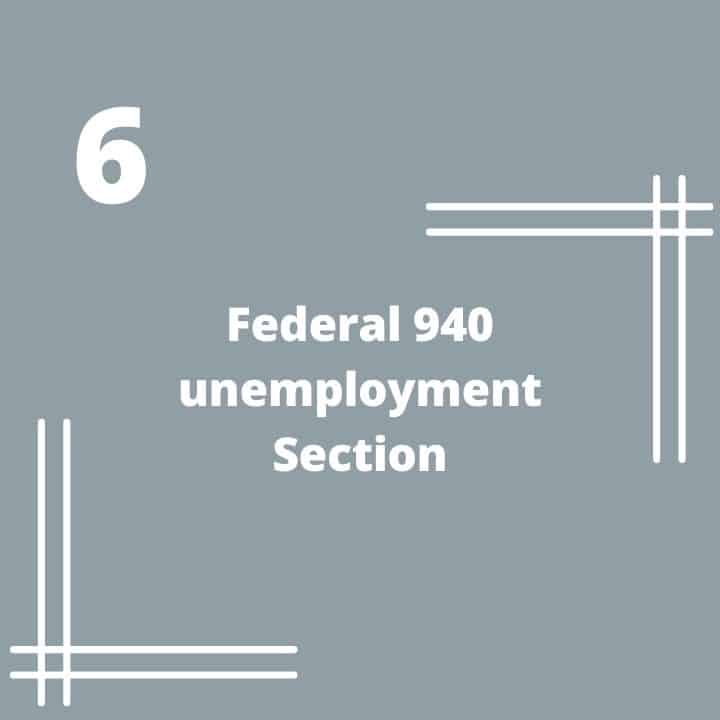
State Earned Income Tax
This is your state section for earned income tax, which you will collect for your staff. Keep the quarterly reports and your payment confirmations in this section.
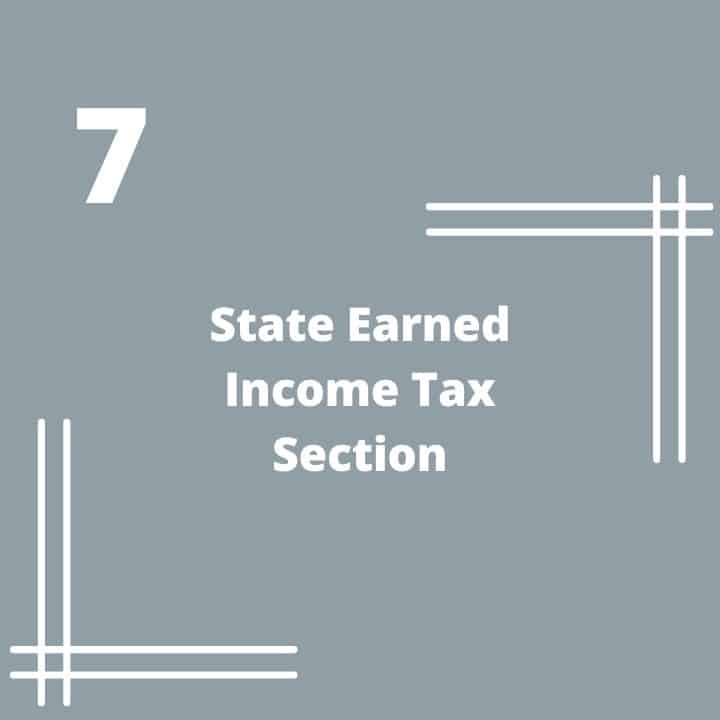
State Unemployment Tax
This section is for your state’s unemployment tax, which you collect from your staff and the business’s payroll. This should have its section that includes quarterly submissions and confirmations.
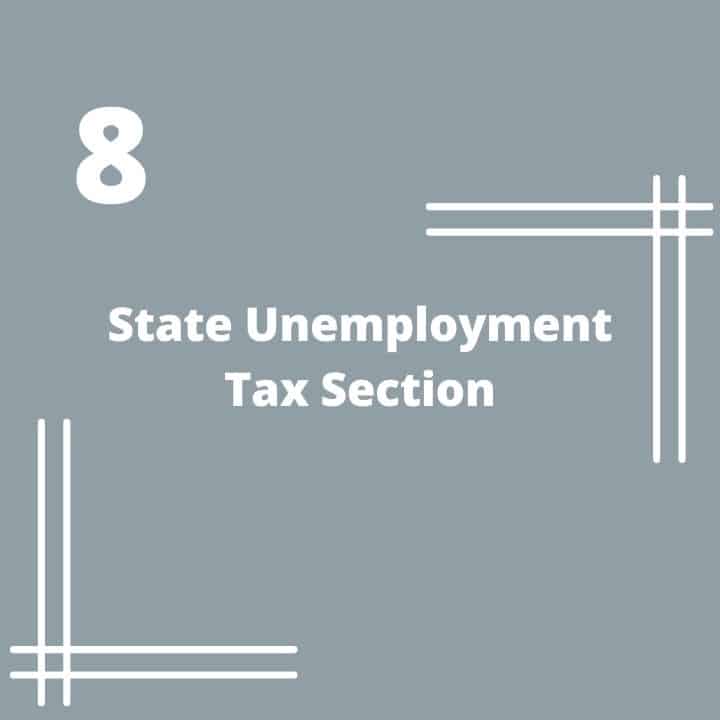
Local Earned Income Tax
This tax is what you collect if your staff lives in an area that collects local earned income tax. This section will include the confirmation numbers and quarterly reports.
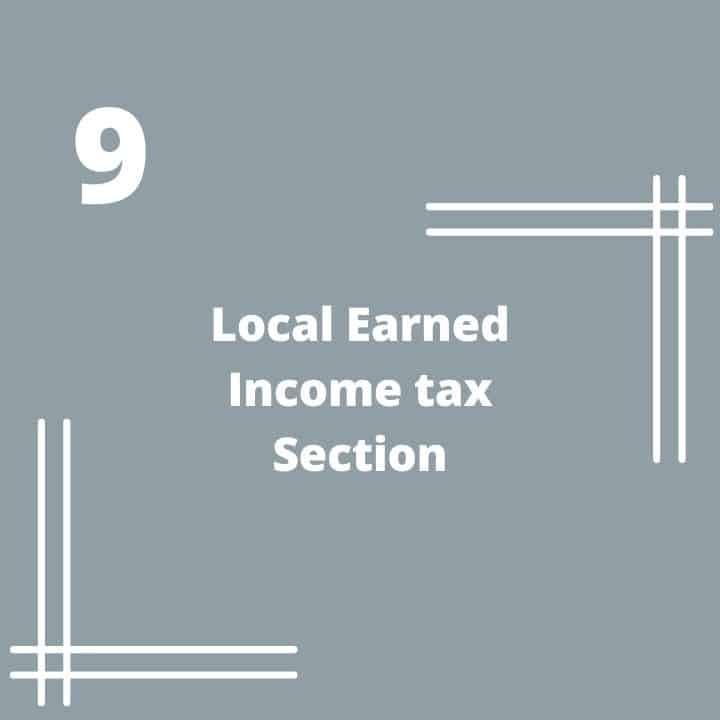
Local Services Tax
This tax pertains to where an employee or owner works. Some cities and towns do not have this tax.
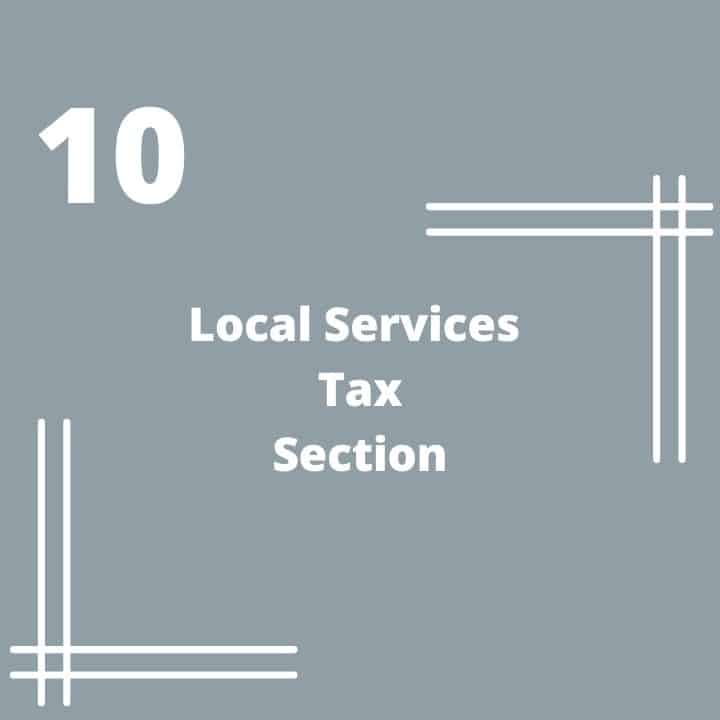
State Sales Tax
Do you sell products? This section should be in your binder. All submitted monthly, quarterly, or every six months reports should be hole-punched in this section.
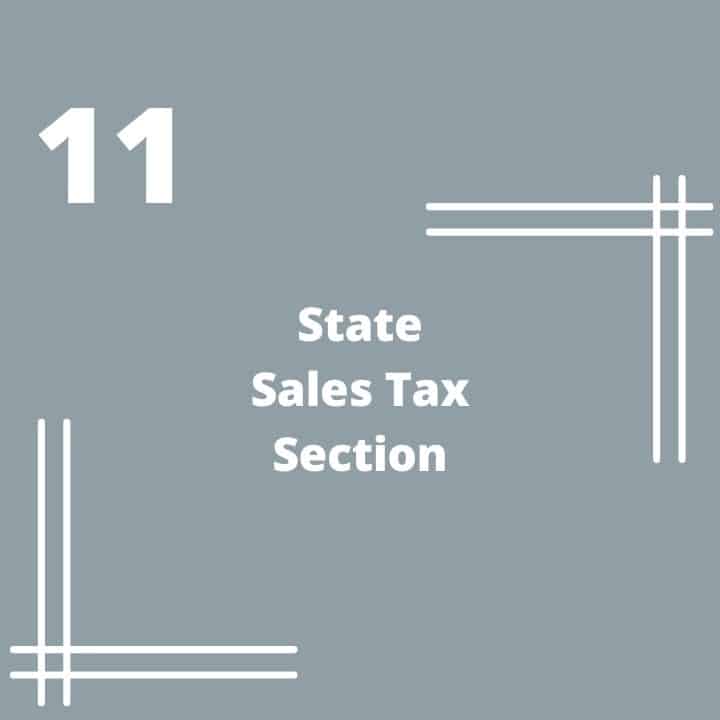
Petty Cash Tracking section
Do you do petty cash tracking? This could be a section in your small business bookkeeping binder, too.
Creating a spreadsheet will help you manage your petty cash tracking. Pay yourself the balance at the end of each year and start from zero next year.

Bills section
This could be the section where you store your bills for your business. You can also store them in a covered accordion folder (affiliate) (letter size or receipt size) to keep them organized and contained.
Accordion folder from Amazon
 Buy Now →
Buy Now → (affiliate)
Disclosure: At no additional cost to you, if you click through and buy something on Amazon, I will receive a small referral fee. Thank you for supporting my small business.
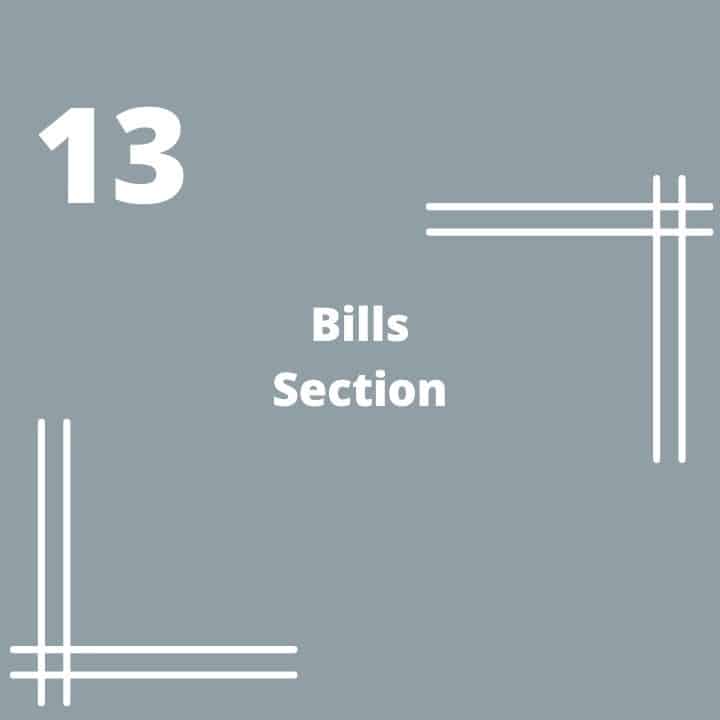
W-2s and 1099misc reports:
This section is for all your completed printed and submitted informational reports. Visit these posts to help with 1099s.
Remember that they will do this if you use a bill pay service. But you must keep a copy of these forms in your binder. Printing and placing the pages in this section is critical if you need to reference them.
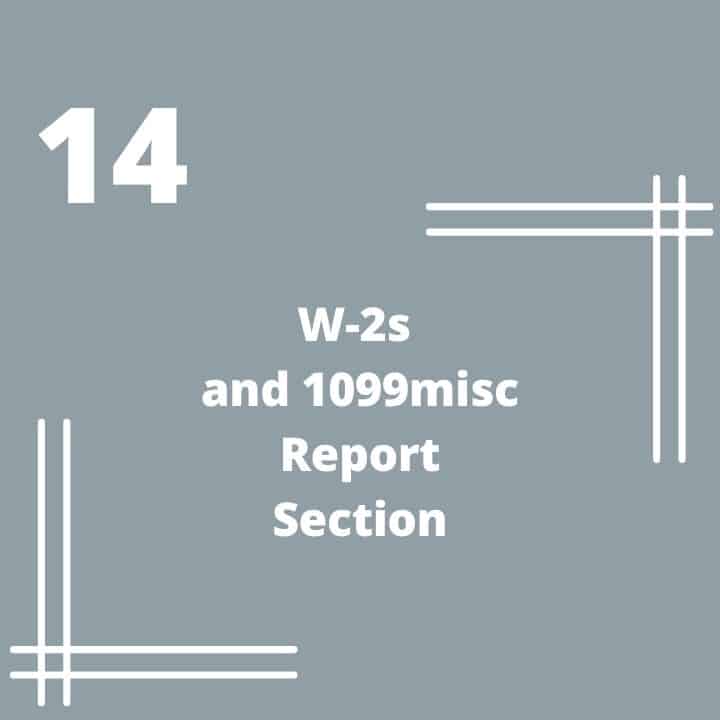
Updated 2025 *** Other sections to add:
You can also add a place for your bank and credit card statements.
This section should include all your bank and credit card accounts for the entire year. The best way to incorporate them is to hole-punch them in the binder. They are then in order and easy to access with the newest statement. This way, you will know that you have reconciled the bank account because you will see it in the binder.
If you run a product-based business, you will have to add additional sections like:
- The product-based Bookkeeping reports
- Recently performed Inventory tracking documents
- Wholesale receipts – Check out the How to Make a Well-Organized Digital Receipts system post for details on how to make your digital receipts file.
- Cost of Goods Sold Receipts
Another area you can add to the binder is a section for invoices.
If you bill the clients (affiliate), you will have many receipts. Be sure to include them in the binder. Get more tips about Accounts Receivable in this post.
By the end of the year, all these items will be in one place, fastened to the binder you can bring to your accountant, reducing the time it takes to gather this information.
Now, doesn’t this binder make more sense to do at the beginning of the year so you don’t have to gather it in a mad rush at tax time? I think so.
Please get in touch with me if you need help creating this small business bookkeeping binder. I have been doing solopreneur bookkeeping for over 10 years, and with my office organizing skills, my bookkeeping services include my ability to do paper organizing. Many other bookkeepers do not offer this service.
Let’s continue the conversation. Do you have a bookkeeping binder for your business? Please leave a comment below.
Read more related bookkeeping posts below:
Please note these are affiliate links through Amazon, and at no additional cost, I will earn an affiliate commission if you click through and decide to make a purchase.
